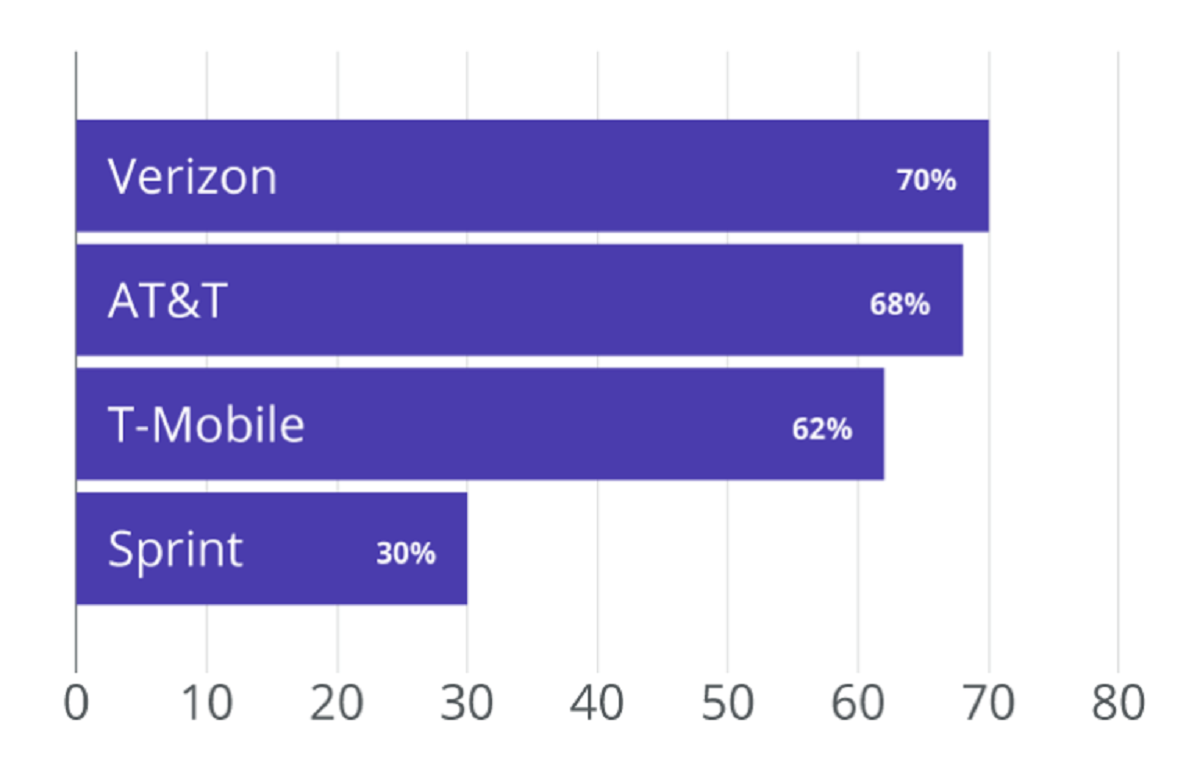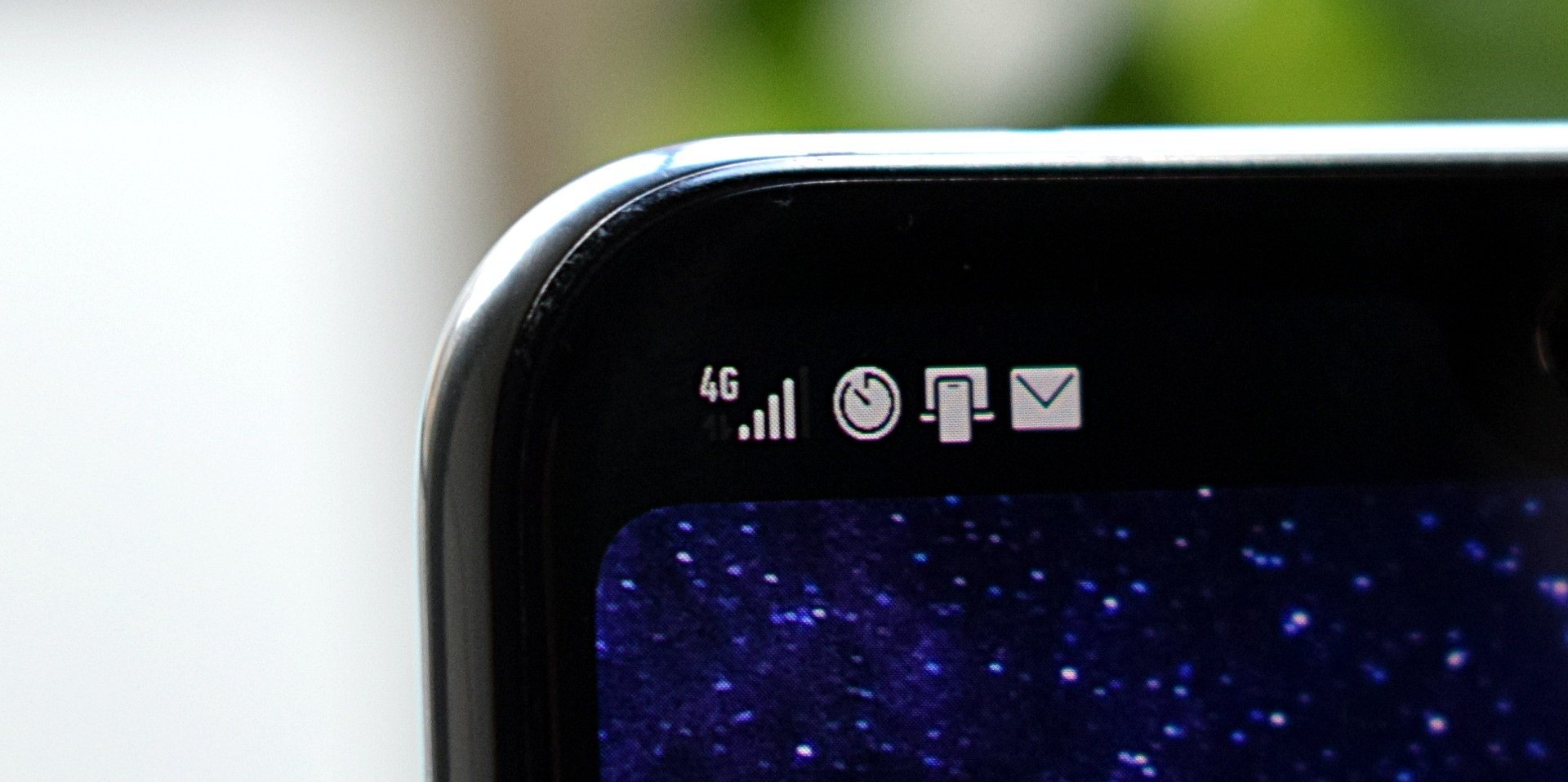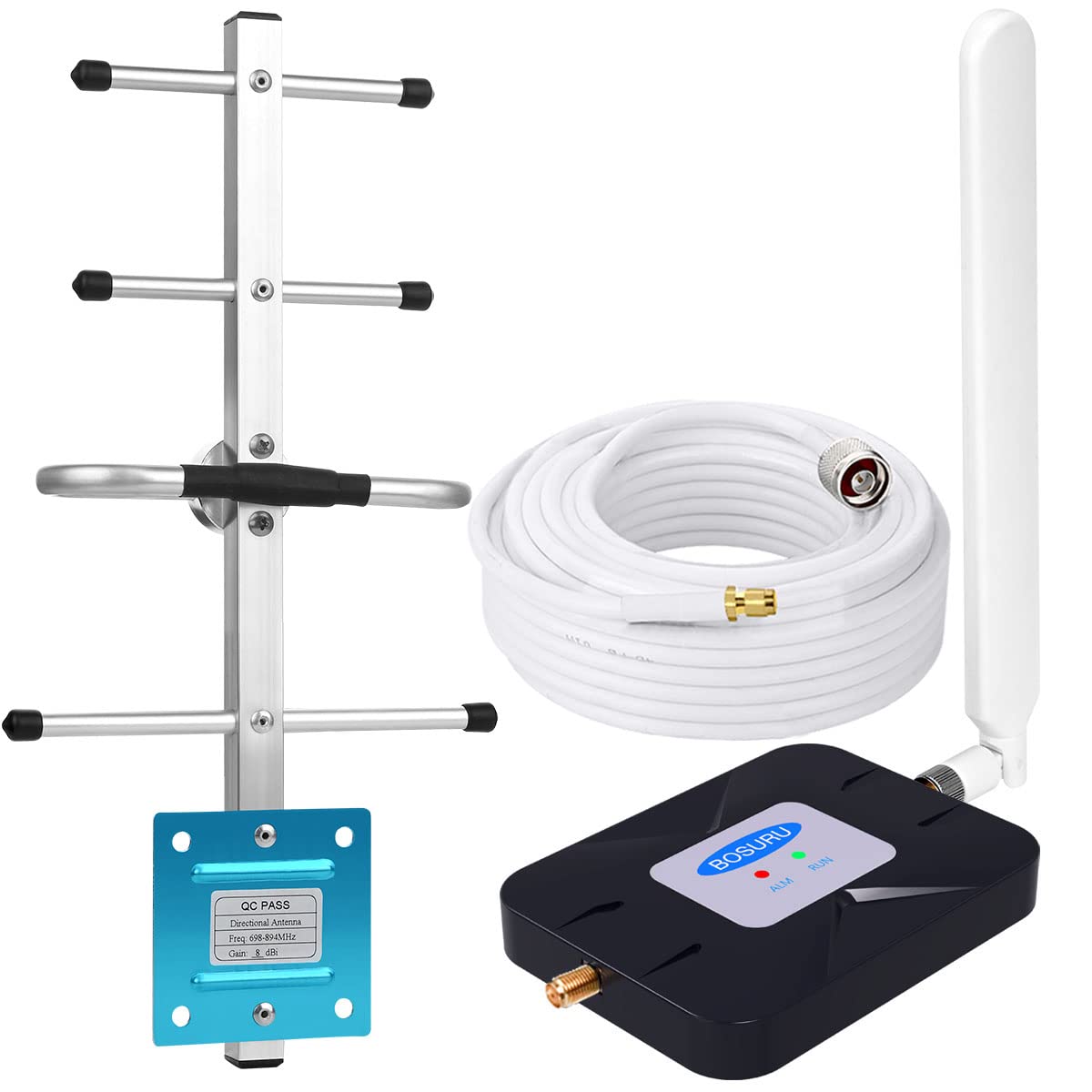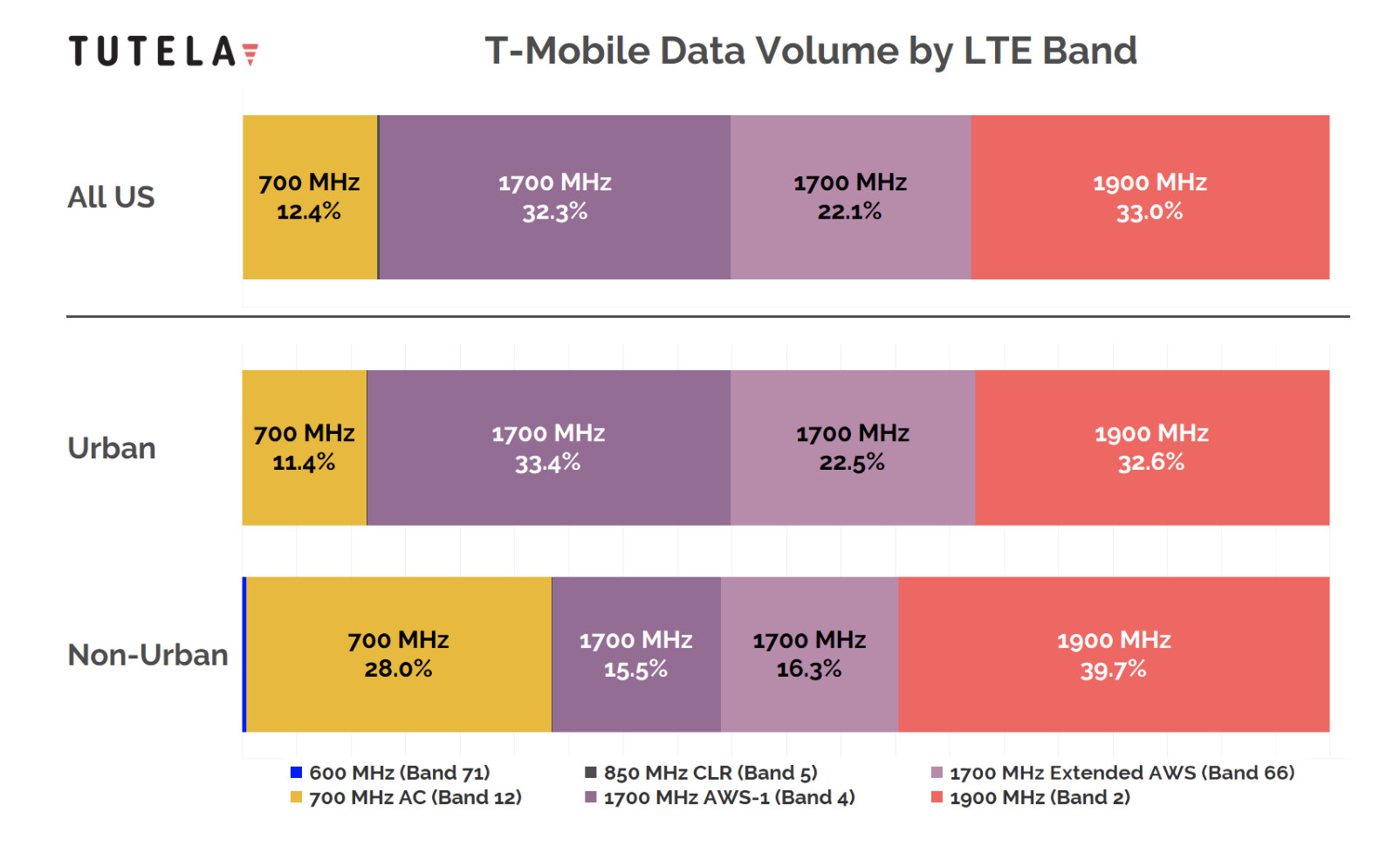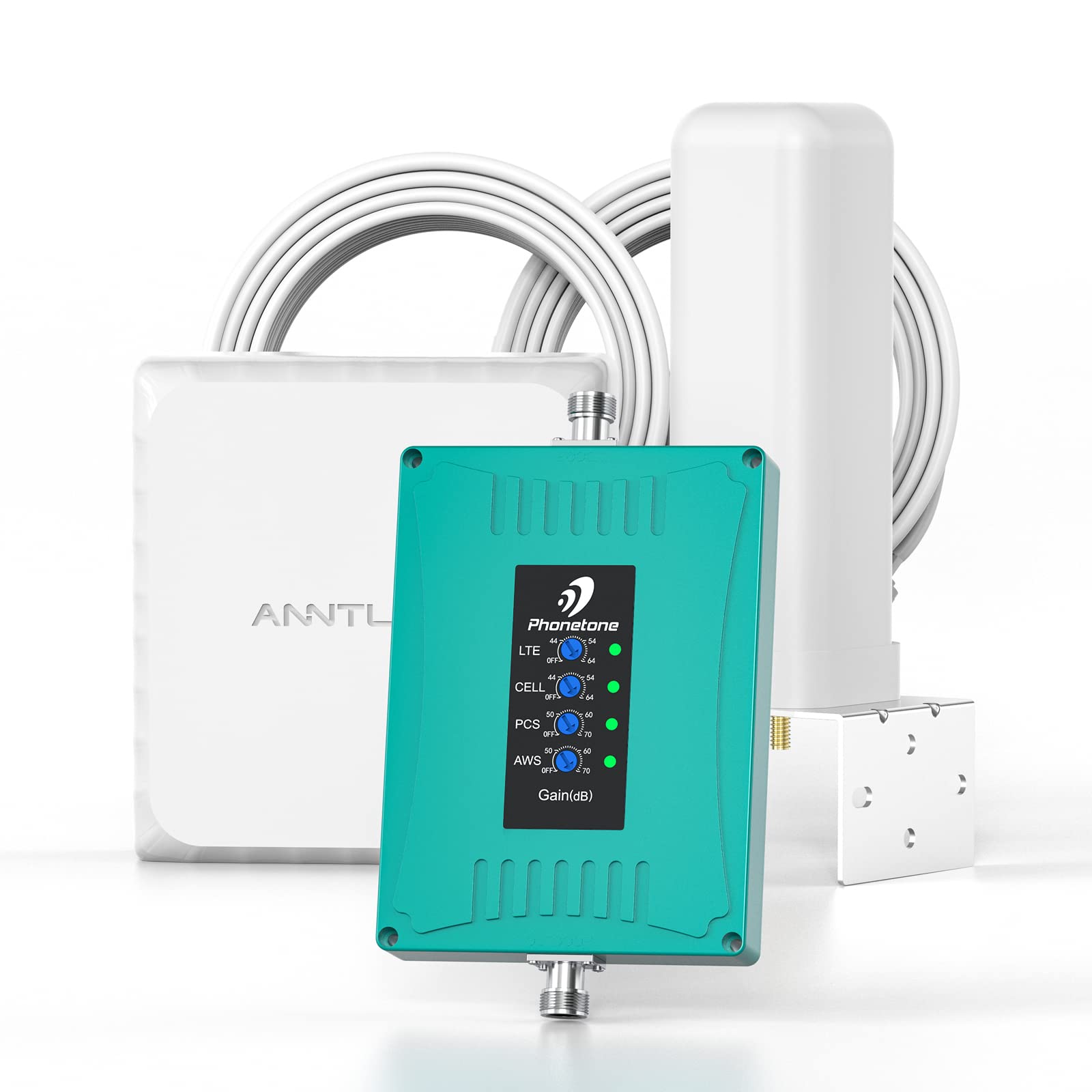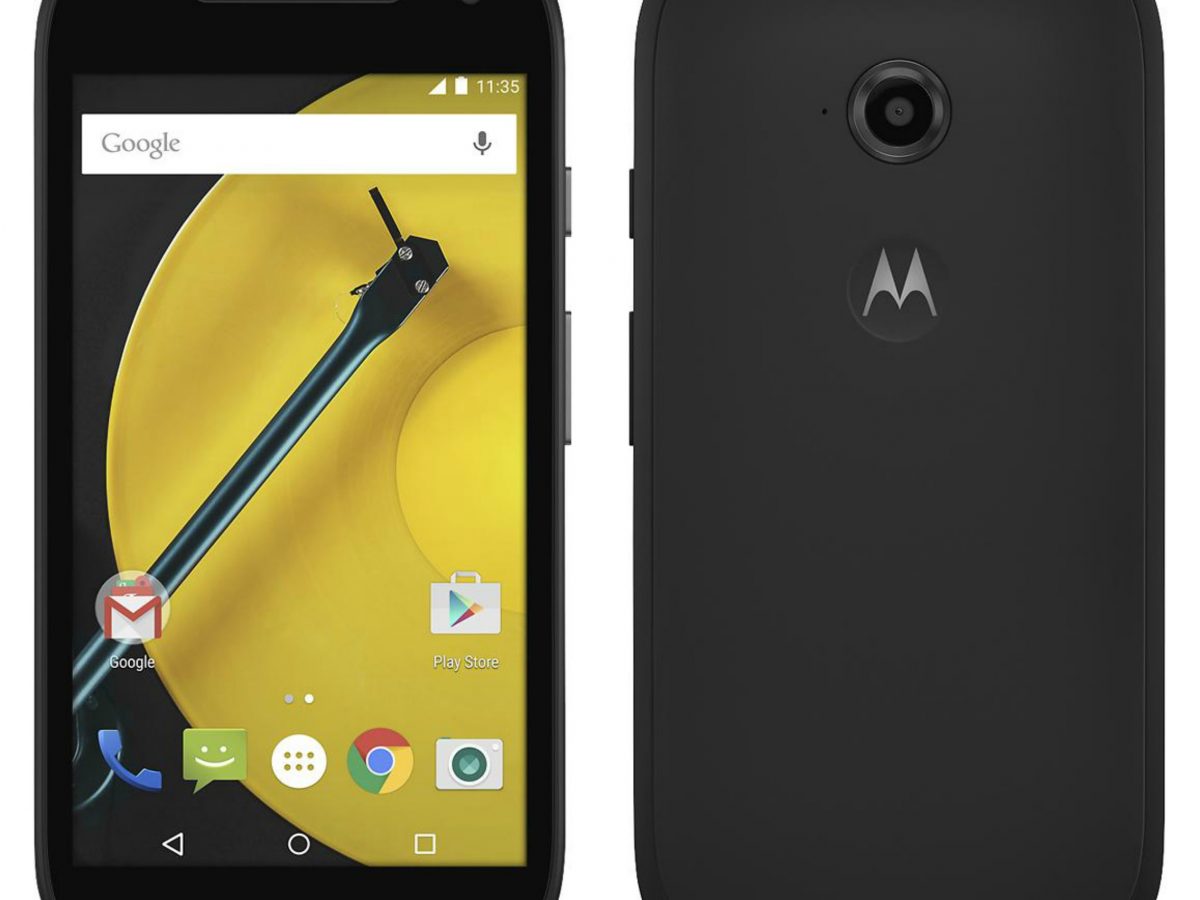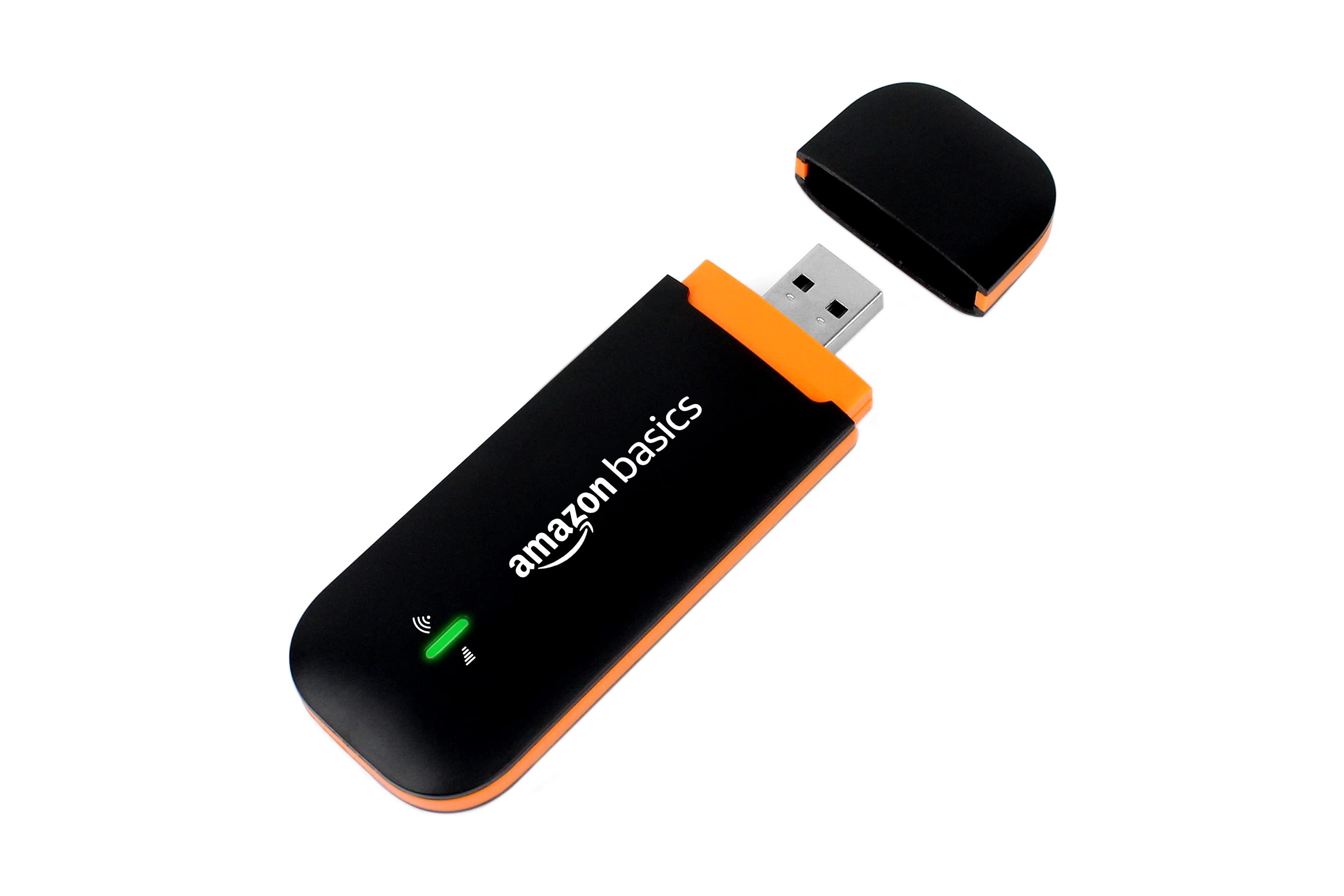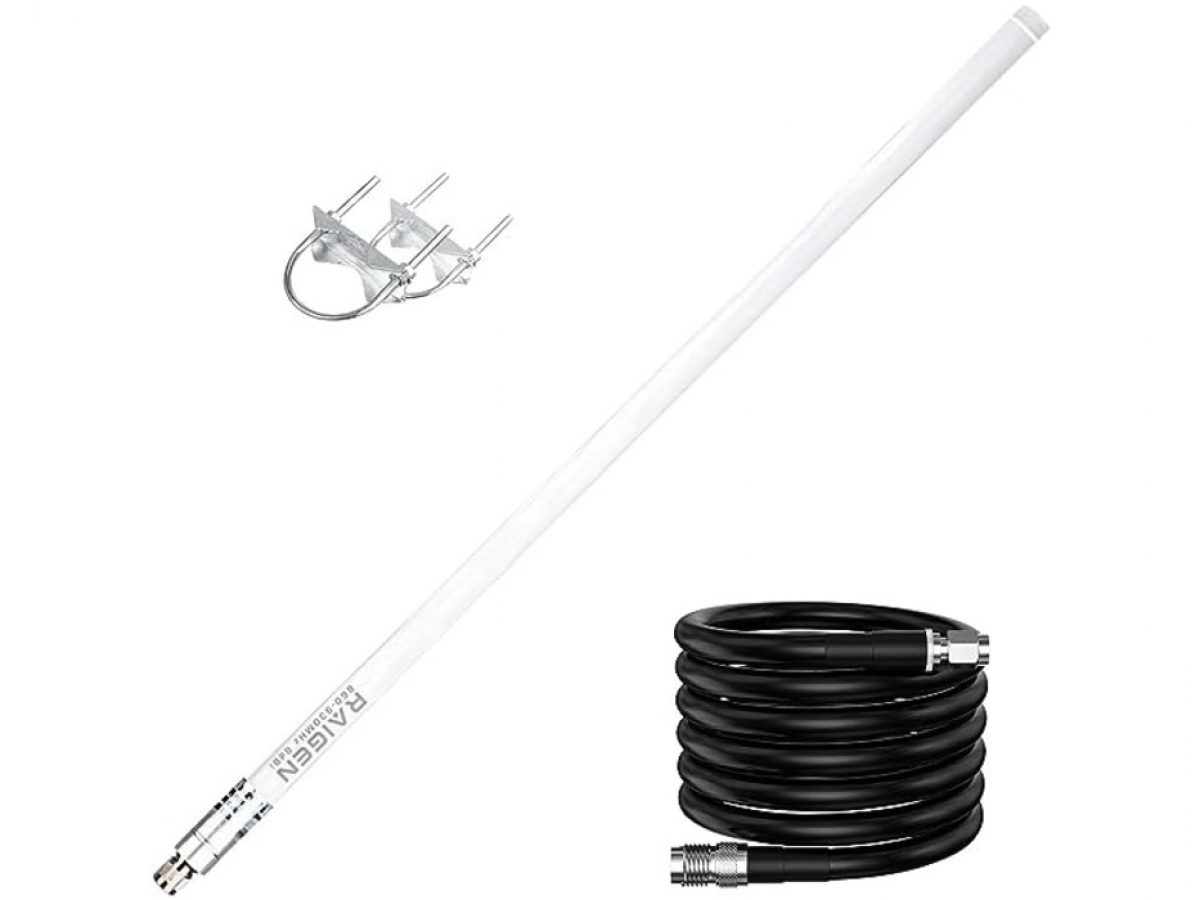Introduction:
With the ever-increasing reliance on smartphones and the need for fast and reliable internet access, having a reliable 4G network becomes crucial. Whether you are browsing the web, streaming videos, or conducting business on the go, having the best 4G coverage can make all the difference in ensuring a seamless and uninterrupted experience.
But what exactly is 4G coverage, and why does it matter? In this article, we will explore the importance of 4G coverage and review the factors that can affect it. Additionally, we will compare the 4G coverage provided by different carriers, as well as regional variations within those carriers.
4G coverage refers to the availability and strength of a carrier’s 4G network in a specific area. It determines the reach and reliability of high-speed mobile internet access that users can expect in different locations. A strong 4G coverage means faster download and upload speeds, smoother streaming, and better overall internet performance.
Having reliable 4G coverage is crucial because it ensures that you can stay connected wherever you go. Whether you are in a bustling city or a remote rural area, having a strong signal ensures that you can make calls, send messages, and access the internet without interruptions.
Furthermore, the quality of 4G coverage can have a significant impact on various aspects of daily life. From being able to access important information on the go to staying connected with friends and loved ones, a reliable 4G network enhances productivity, communication, and entertainment.
There are several factors that can affect 4G coverage, including the proximity to cell towers, the frequency bands used by the carrier, and environmental factors such as buildings and terrain. It is essential for carriers to invest in infrastructure and technology to ensure widespread coverage and deliver optimal performance to their customers.
In the next sections, we will delve into a detailed comparison of 4G coverage provided by different carriers. We will examine their coverage in different regions and highlight any variations that may exist. By the end of this article, you will have a comprehensive understanding of which carrier offers the best 4G coverage and why.
What is 4G Coverage?
4G coverage refers to the availability and strength of a carrier’s fourth-generation (4G) mobile network in a specific area. It determines the reach and reliability of high-speed internet access that users can expect in different locations. 4G technology provides faster download and upload speeds compared to its predecessor, 3G, enabling users to enjoy seamless streaming, faster browsing, and improved overall internet performance.
4G networks operate on different frequency bands, which can affect coverage and performance. Carriers utilize a combination of low, mid, and high-frequency bands to provide widespread coverage and ensure optimal performance in various environments. Lower frequency bands, such as 700 MHz, can reach longer distances and penetrate barriers like buildings and foliage better. In contrast, higher frequency bands, like 2.5 GHz, offer faster speeds but have limited reach and are more susceptible to signal attenuation in dense urban areas.
Carriers invest in building and maintaining an extensive network of cell towers and base stations strategically placed to provide coverage to as many areas as possible. These towers transmit and receive signals to and from mobile devices, allowing users to access the internet and make calls. The density and location of these towers impact coverage, especially in rural or remote areas where it may be more challenging to provide reliable coverage due to geographic constraints.
Furthermore, carrier aggregation and advanced technology, such as MIMO (Multiple-Input, Multiple-Output) and beamforming, help enhance 4G coverage and capacity. Carrier aggregation enables devices to simultaneously connect to multiple frequency bands, combining their bandwidth and boosting data speeds. MIMO technology uses multiple antennas to improve signal strength and reduce interference, while beamforming focuses the signal towards connected devices, increasing reliability and performance.
When it comes to 4G coverage, it’s important to consider both population coverage and geographic coverage. Population coverage refers to the percentage of the population that has access to 4G services, while geographic coverage refers to the percentage of the land area covered by the network. Carriers strive to provide high population coverage to cater to the majority of their customers while also expanding their geographic coverage to reach underserved areas.
Overall, 4G coverage plays a vital role in delivering fast and reliable internet access to users. It allows individuals, businesses, and communities to stay connected, access information, and enjoy a wide range of online activities. The availability and quality of 4G coverage vary among carriers, making it essential for users to consider these factors when choosing a service provider.
Why 4G Coverage Matters
4G coverage is crucial in today’s interconnected world, where smartphones and mobile devices have become an integral part of our daily lives. Here are several reasons why 4G coverage matters:
1. Seamless Connectivity: Having reliable 4G coverage ensures uninterrupted connectivity, allowing users to stay connected wherever they go. Whether you are making calls, sending messages, or accessing the internet, a strong and stable 4G signal provides a seamless experience without dropouts or delays.
2. Enhanced Productivity: Fast and reliable 4G coverage enables users to access important information, documents, and tools on the go. Whether it’s checking emails, collaborating with colleagues, or attending virtual meetings, having a high-speed connection empowers individuals and businesses to maximize productivity regardless of their location.
3. Improved Communication: 4G coverage allows for clear and uninterrupted voice calls, video calls, and messaging services. Whether it’s staying connected with friends and family or conducting business communications, having a strong 4G signal ensures that communication is smooth and hassle-free, even in crowded areas or on the move.
4. Access to Online Entertainment: With the rise of streaming platforms, social media, and online gaming, having reliable 4G coverage is essential for a seamless entertainment experience. Whether you are streaming movies, listening to music, or playing online games, a strong 4G signal ensures smooth playback and minimizes buffering.
5. Mobile Banking and E-commerce: 4G coverage enables users to access mobile banking services and make secure online transactions. With reliable internet access, individuals can manage their finances, make payments, and shop online anytime, anywhere.
6. Emergency Situations: In emergency situations, having a dependable 4G network can be a lifeline. It allows individuals to quickly call for help, access emergency services, and receive critical updates. Reliable coverage in both urban and remote areas is essential to ensure that people can reach out for assistance when they need it the most.
7. Bridging the Digital Divide: Access to reliable 4G coverage helps bridge the digital divide by providing internet connectivity to underserved areas. It allows individuals in rural or remote locations to access educational resources, job opportunities, and essential services, empowering them to participate in the digital economy and improve their quality of life.
4G coverage matters because it enables seamless connectivity, enhances productivity, improves communication, provides access to online entertainment and services, and ensures safety and convenience in emergency situations. It is essential for individuals, businesses, and communities to have reliable 4G coverage to fully leverage the benefits of the digital age.
Factors Affecting 4G Coverage
Several factors can impact the quality and reach of 4G coverage. Understanding these factors can help users assess the reliability and performance of a carrier’s network. Here are some key factors affecting 4G coverage:
1. Proximity to Cell Towers: The distance between your device and the nearest cell tower plays a crucial role in determining the strength of the 4G signal. The closer you are to a cell tower, the stronger the signal and the better the coverage. In rural or remote areas, where cell towers may be few and far between, coverage can be more limited.
2. Frequency Bands: 4G networks operate on different frequency bands, and the specific bands used by a carrier can impact coverage and performance. Lower frequency bands, such as 700 MHz, can travel longer distances and penetrate obstacles like buildings and walls better, providing wider coverage. Higher frequency bands, like 2.5 GHz, offer faster speeds but have a shorter range and are more susceptible to signal attenuation in densely populated areas.
3. Environmental Factors: Environmental factors, such as buildings, trees, and terrain, can affect 4G coverage. Tall buildings, dense forests, and hilly terrain can obstruct or weaken the signal, leading to reduced coverage. Additionally, natural phenomena like weather conditions, such as heavy rain or thick fog, may affect the signal quality temporarily.
4. Network Congestion: The number of users connected to a cell tower affects the available bandwidth and can impact the speed and reliability of the 4G network. In densely populated areas or during peak usage times, network congestion may occur, resulting in slower data speeds and reduced coverage in areas with high demand.
5. Infrastructure and Technology: Carriers invest in infrastructure, including the number and placement of cell towers and the use of advanced technologies, to improve the coverage and capacity of their 4G networks. The density and configuration of cell towers, as well as the deployment of technologies like carrier aggregation, MIMO, and beamforming, can affect how effectively the network covers an area and delivers a strong signal.
6. Carrier Policies: Each carrier may have its own policies regarding coverage and network management. Some carriers prioritize expanding coverage to reach more areas, while others focus on high-capacity coverage in densely populated areas. Differences in carrier policies can result in variations in coverage, especially in rural or remote areas.
It’s important to consider these factors when assessing the quality and strength of 4G coverage offered by different carriers. While carriers strive to provide widespread coverage, the specific conditions in a given location may result in variations in signal strength and performance.
By understanding these factors, users can make informed decisions about their choice of carrier and manage their expectations regarding 4G coverage based on their location and specific needs.
Comparing 4G Coverage by Carrier
When it comes to choosing a carrier, one of the essential factors to consider is the quality and reach of their 4G coverage. Different carriers may have varying levels of coverage, which can impact the user experience and overall satisfaction. Here’s a comparison of 4G coverage provided by different carriers:
Carrier A: Coverage Overview
Carrier A offers extensive 4G coverage across urban areas, providing fast and reliable internet access in bustling cities. Their network infrastructure is well-developed, with a high density of cell towers and advanced technologies to improve performance. Users can expect seamless connectivity and high-speed data transmission in most urban locations. However, in rural or remote areas, the coverage may be limited, as the carrier prioritizes high-capacity coverage in densely populated regions.
Carrier B: Coverage Overview
Carrier B boasts a wide-ranging 4G coverage, emphasizing both urban and rural areas. They have invested in expanding their network infrastructure to reach underserved regions. As a result, users in rural or remote locations can enjoy reliable 4G coverage and high-speed internet access. In addition, Carrier B has focused on enhancing the coverage of transportation routes, ensuring seamless connectivity during travel.
Carrier C: Coverage Overview
Carrier C provides comprehensive and reliable 4G coverage across both urban and suburban areas. Their network infrastructure includes an extensive network of cell towers strategically placed to deliver strong signal strength and minimal coverage gaps. Users can expect fast and consistent internet speeds, making Carrier C an excellent choice for individuals who require reliable connectivity both at home and on the move.
Carrier D: Coverage Overview
Carrier D offers a unique approach to 4G coverage, focusing on expanding coverage in rural and remote areas. Their network infrastructure prioritizes reaching underserved communities and providing reliable internet access to users in these regions. While their coverage in urban areas may not be as extensive as some other carriers, Carrier D aims to bridge the digital divide by delivering reliable connectivity to previously underserved populations.
It is important to note that coverage can vary depending on the specific location and individual circumstances. While these overviews provide a general comparison, users should always consider their specific needs, including their geographical location and typical usage patterns, when choosing a carrier.
Before deciding on a carrier, it is advisable to consult coverage maps provided by the carriers themselves or independent third-party sources. These maps offer more detailed information about the extent and strength of 4G coverage in specific areas. Additionally, considering factors such as customer reviews and feedback can help provide insights into real-life experiences with a particular carrier’s coverage.
By carefully evaluating and comparing the 4G coverage offered by different carriers, users can select a provider that aligns with their coverage expectations and provides reliable connectivity and fast internet access in their desired locations.
Carrier A: Coverage Overview
Carrier A offers extensive 4G coverage across urban areas, providing fast and reliable internet access in bustling cities. Their network infrastructure is well-developed, with a high density of cell towers and advanced technologies to improve performance. Users can expect seamless connectivity and high-speed data transmission in most urban locations.
With a focus on densely populated regions, Carrier A aims to deliver high-capacity coverage to meet the demands of urban users. Their network is optimized to handle the heavy data traffic in urban areas, ensuring that users can stream videos, browse the web, and use data-intensive applications without experiencing significant slowdowns or interruptions.
Carrier A has invested in the latest technologies, such as carrier aggregation and MIMO, to enhance the capacity and efficiency of their 4G network. This allows users to benefit from faster download and upload speeds, facilitating smooth streaming and quick file transfers.
However, it is important to note that Carrier A’s 4G coverage may be more limited in rural or remote areas. Due to their focus on serving urban customers, coverage in these areas may not be as extensive. Users in rural regions might experience reduced signal strength or limited coverage compared to their urban counterparts.
Despite the potential limitations in rural areas, Carrier A remains a popular choice for users in urban settings. The carrier’s commitment to providing reliable 4G coverage, along with their investment in network infrastructure and advanced technologies, ensures a seamless internet experience for users in cities and metropolitan areas.
As with any carrier, it’s essential to consult coverage maps and consider user reviews specific to your location when evaluating Carrier A’s coverage. This will help you determine if their coverage matches your needs and expectations, ensuring that you can enjoy the benefits of their robust 4G network in your area.
Carrier B: Coverage Overview
Carrier B boasts a wide-ranging 4G coverage, emphasizing both urban and rural areas. They have invested in expanding their network infrastructure to reach underserved regions, ensuring that users in rural or remote locations can enjoy reliable 4G coverage and high-speed internet access.
With a focus on bridging the digital divide, Carrier B’s network infrastructure features a comprehensive network of cell towers strategically placed to deliver strong signal strength and minimal coverage gaps. This commitment to reaching underserved populations has made Carrier B a preferred choice for individuals and communities in rural areas seeking reliable and fast internet connectivity.
Carrier B understands the importance of maintaining connectivity during travel, and as such, they have prioritized enhancing coverage along transportation routes. This ensures that users can stay connected, whether they are commuting to work, traveling for leisure, or embarking on long-distance journeys.
While Carrier B’s coverage in urban areas may not be as extensive as some other carriers, their focus on providing reliable coverage to rural areas sets them apart. Users in these underserved regions can rely on Carrier B’s 4G network to access online services, educational resources, job opportunities, and stay connected with family and friends, improving their quality of life.
Carrier B’s investment in expanding coverage also includes improving network capacity and technology. This enables users to experience fast download speeds, seamless video streaming, and smooth browsing, ensuring an enhanced overall internet experience.
When considering Carrier B’s coverage, it is crucial to consult their coverage maps and user reviews specific to your location. This will provide a more accurate picture of the strength and reach of their 4G network in your area, ensuring that you can make an informed decision based on your coverage requirements.
Overall, Carrier B’s commitment to providing reliable 4G coverage across both urban and rural areas, along with their extensive network infrastructure and focus on bridging the digital divide, positions them as an attractive choice for individuals seeking reliable connectivity, especially in underserved regions.
Carrier C: Coverage Overview
Carrier C provides comprehensive and reliable 4G coverage across both urban and suburban areas. Their network infrastructure includes an extensive network of cell towers strategically placed to deliver strong signal strength and minimal coverage gaps. Users can expect fast and consistent internet speeds, making Carrier C an excellent choice for individuals who require reliable connectivity both at home and on the move.
Carrier C places a strong emphasis on delivering quality coverage in urban and suburban areas. With a focus on high population density regions, their 4G network is optimized to handle the demands of a large number of users. This ensures that users can enjoy seamless connectivity, smooth streaming, and fast downloads even in busy urban environments.
One of the distinct advantages of Carrier C’s coverage is its reliability in suburban areas. Their network infrastructure extends beyond major cities, providing strong and consistent coverage in surrounding suburban regions. This ensures that users living in suburban areas can access high-speed internet services without compromising on performance.
Carrier C invests in the latest network technologies, including carrier aggregation, MIMO, and beamforming, to enhance coverage and performance. These technologies enable users to benefit from faster data speeds, better signal strength, and improved overall connectivity experience.
With an extensive network of cell towers, Carrier C also aims to minimize coverage gaps. This commitment ensures that users experience consistent coverage when moving between different areas, such as while commuting or traveling.
When considering Carrier C’s coverage, it is important to consult their coverage maps and check user reviews specific to your location. This will provide insights into the strength and reach of their 4G network in your area, helping you make an informed decision based on your coverage requirements.
Overall, Carrier C’s focus on providing comprehensive and reliable 4G coverage in both urban and suburban areas, along with their investment in advanced network technologies, positions them as a strong contender for individuals who prioritize consistent and high-speed connectivity for their daily internet needs.
Carrier D: Coverage Overview
Carrier D offers a unique approach to 4G coverage, focusing on expanding coverage in rural and remote areas. Their network infrastructure is designed to reach underserved communities and provide reliable internet access to users in these regions.
With a commitment to bridging the digital divide, Carrier D’s coverage is specifically tailored towards areas that may have been overlooked by other carriers. They prioritize expanding coverage in rural and remote regions, ensuring that users in these areas have access to reliable 4G connectivity.
Carrier D’s network infrastructure includes an extensive network of cell towers strategically placed to provide wide coverage in rural areas. This enables users in these underserved regions to access online services, educational resources, job opportunities, and stay connected with friends and family.
While Carrier D’s coverage in urban areas may not be as extensive as some other carriers, their focus on reaching rural communities sets them apart. Users living in rural or remote areas can rely on Carrier D’s 4G network to enjoy consistent connectivity, even in areas with challenging terrain or a sparse population density.
Additionally, Carrier D understands the importance of providing reliable coverage during travel. They have invested in improving coverage along transportation routes, such as highways and major roads, allowing users to stay connected while on the move.
When considering Carrier D’s coverage, it is important to consult their coverage maps and user reviews specific to your location. This will provide a clearer understanding of the strength and reach of their 4G network in your area, helping you make an informed decision based on your coverage needs.
Overall, Carrier D’s focus on expanding 4G coverage in rural and remote areas, along with their dedication to reaching underserved communities, makes them a compelling choice for individuals living in such regions. By providing reliable connectivity and opening up opportunities for education, communication, and economic growth, Carrier D aims to bridge the digital divide and ensure that no one is left behind in the era of digital connectivity.
Comparing 4G Coverage by Region
4G coverage can vary by region due to a variety of factors, including population density, geographical terrain, and infrastructure development. Different carriers may have varying levels of coverage in specific regions, making it essential to consider coverage differences when choosing a service provider. Here’s a comparison of 4G coverage by region:
Region 1: Coverage Comparison
Carrier A offers robust 4G coverage in Region 1, with a focus on urban areas and high population density regions. Their extensive network infrastructure ensures seamless connectivity and fast internet speeds for users in bustling cities. However, coverage in rural or remote parts of Region 1 may be limited.
Carrier B provides comprehensive coverage in Region 1, including both urban and rural areas. Their investment in expanding network infrastructure allows users in both densely populated centers and remote regions to access reliable 4G connectivity.
Carrier C delivers strong 4G coverage in Region 1 across both urban and suburban areas. Their network infrastructure ensures consistent connectivity and high-speed internet access for users in all parts of the region, making them a preferred choice for residents.
Carrier D focuses on expanding coverage in rural and remote areas, including those in Region 1. Their emphasis on reaching underserved populations in this region ensures that users in these areas can rely on their 4G network for consistent connectivity.
Region 2: Coverage Comparison
In Region 2, Carrier A maintains strong 4G coverage in urban areas. However, coverage in rural parts of the region may be limited.
Carrier B offers comprehensive coverage in Region 2, including both urban and rural areas. Their network infrastructure ensures reliable 4G connectivity for users across the region.
Carrier C provides robust coverage in Region 2, ensuring seamless connectivity in both urban and suburban areas.
Carrier D focuses on expanding coverage in rural and remote areas, including those in Region 2. Users in these underserved regions can count on Carrier D’s 4G network for reliable connectivity.
Region 3: Coverage Comparison
Carrier A delivers strong 4G coverage in Region 3, particularly in urban areas. However, coverage in rural and remote parts of the region may be limited.
Carrier B offers comprehensive coverage in Region 3, catering to both urban and rural areas. Users in this region can rely on their network for consistent connectivity.
Carrier C provides robust 4G coverage in both urban and suburban areas of Region 3, ensuring seamless connectivity for residents.
Carrier D focuses on expanding coverage in rural and remote areas in Region 3, offering users in underserved communities reliable 4G connectivity.
Region 4: Coverage Comparison
Carrier A offers extensive 4G coverage in Region 4, particularly in urban areas. However, rural parts of the region may have limited coverage.
Carrier B provides comprehensive coverage in Region 4, ensuring reliable connectivity for users in both urban and rural areas.
Carrier C maintains strong coverage in Region 4, providing seamless connectivity in both urban and suburban areas.
Carrier D focuses on expanding coverage in underserved rural and remote areas of Region 4, ensuring reliable 4G connectivity for users in these communities.
It’s important to consult carrier coverage maps and user reviews specific to your region before making a decision. This will provide insights into the strength and reach of each carrier’s 4G coverage and help you choose the one that meets your coverage needs in your specific region.
Region 1: Coverage Comparison
In Region 1, the coverage provided by different carriers can vary based on their network infrastructure and priorities. Let’s compare 4G coverage in Region 1:
Carrier A: Carrier A offers robust 4G coverage in Region 1, with a focus on urban areas and high population density regions. Their extensive network infrastructure ensures seamless connectivity and fast internet speeds for users in bustling cities. With a high density of cell towers and advanced technologies, Carrier A’s network is optimized to handle the heavy data traffic in urban areas. However, coverage in rural or remote parts of Region 1 may be limited compared to other carriers.
Carrier B: Carrier B provides comprehensive coverage in Region 1, including both urban and rural areas. Their investment in expanding network infrastructure allows users in both densely populated centers and remote regions to access reliable 4G connectivity. Carrier B’s commitment to bridging the digital divide ensures that users in rural or underserved areas can enjoy consistent coverage and high-speed internet access, enabling them to stay connected and access online services.
Carrier C: Carrier C delivers strong 4G coverage in Region 1 across both urban and suburban areas. Their network infrastructure is well-developed, encompassing a wide range of cell towers strategically placed to provide coverage with minimal gaps. Users in Region 1 can expect consistent connectivity and fast internet speeds, making Carrier C an attractive option for residents in both urban centers and suburban areas. Their coverage aims to ensure that users can access reliable internet services for work, communication, and entertainment.
Carrier D: Carrier D focuses on expanding coverage in rural and remote areas, including those in Region 1. Their commitment to reaching underserved populations in this region ensures that users in these areas can rely on their 4G network for consistent connectivity. Carrier D’s network infrastructure includes strategically placed cell towers, providing reliable coverage even in challenging terrain. While their coverage in urban areas of Region 1 may not be as extensive as other carriers, Carrier D is dedicated to closing the digital divide and ensuring that users in rural and remote communities have access to reliable internet services.
When considering 4G coverage in Region 1, it is important to consult the coverage maps provided by each carrier and consider user reviews specific to your location. This will provide a clearer understanding of the strength and reach of their 4G networks in your area and help you make an informed decision based on your coverage needs and location within Region 1.
Region 2: Coverage Comparison
In Region 2, the coverage provided by different carriers may vary based on factors such as network infrastructure, geographic terrain, and population density. Let’s compare the 4G coverage in Region 2:
Carrier A: Carrier A maintains strong 4G coverage in urban areas of Region 2. Their network infrastructure is well-developed, providing seamless connectivity and fast internet speeds for users in bustling cities. However, coverage in rural or remote parts of the region may be more limited compared to other carriers. It is important to consider specific locations within Region 2 to assess the availability of Carrier A’s 4G coverage.
Carrier B: Carrier B offers comprehensive coverage in Region 2, including both urban and rural areas. Their network infrastructure is designed to provide reliable 4G connectivity for users across the region. Users can expect consistent coverage and high-speed internet access, regardless of their location within Region 2. Carrier B’s investment in expanding coverage, especially in rural and underserved areas, ensures that users in remote regions can also enjoy reliable connectivity.
Carrier C: Carrier C provides robust 4G coverage in both urban and suburban areas of Region 2. Their network infrastructure includes an extensive network of cell towers strategically placed to deliver strong signal strength and seamless connectivity. Users in both urban centers and suburban areas can rely on Carrier C for reliable coverage and fast internet speeds. However, it is important to consult coverage maps specific to Region 2 to ensure the availability of Carrier C’s 4G coverage in your particular location.
Carrier D: Carrier D focuses on expanding coverage in rural and remote areas, including those in Region 2. Users in underserved communities within Region 2 can rely on Carrier D’s network for consistent 4G connectivity. While their coverage in urban areas may not be as extensive as other carriers, Carrier D’s commitment to reaching underserved populations ensures that users in remote regions have access to reliable internet services.
When comparing 4G coverage in Region 2, it is important to consult coverage maps provided by each carrier and consider user reviews specific to your location. This will provide a clearer understanding of the strength and reach of their 4G networks in your area and help you make an informed decision based on your coverage requirements and location within Region 2.
Region 3: Coverage Comparison
When considering 4G coverage in Region 3, it is important to compare the coverage provided by different carriers based on their network infrastructure and priorities. Let’s compare the 4G coverage in Region 3:
Carrier A: Carrier A offers strong 4G coverage in Region 3, particularly in urban areas. Their network infrastructure ensures seamless connectivity and fast internet speeds for users in bustling cities. However, coverage in rural and remote parts of the region may be more limited compared to other carriers. It is advisable to consult Carrier A’s coverage maps specific to Region 3 to assess their availability in your particular location.
Carrier B: Carrier B provides comprehensive coverage in Region 3, catering to both urban and rural areas. Users in Region 3 can rely on Carrier B’s network for reliable 4G connectivity. Their investment in expanding network infrastructure ensures consistent coverage and high-speed internet access for users across the region, regardless of their location.
Carrier C: Carrier C maintains strong 4G coverage in Region 3, offering seamless connectivity in both urban and suburban areas. Their network infrastructure is well-developed, encompassing a wide range of cell towers strategically placed to minimize coverage gaps. Users in Region 3, whether in urban centers or suburban areas, can expect reliable coverage and fast internet speeds from Carrier C.
Carrier D: Carrier D focuses on expanding coverage in rural and remote areas, including those in Region 3. Their commitment to reaching underserved communities ensures that users in rural and remote regions have access to reliable 4G connectivity. While their coverage in urban areas of Region 3 may not be as extensive as other carriers, users in underserved areas can depend on Carrier D for consistent connectivity.
When considering 4G coverage in Region 3, it is recommended to consult the coverage maps provided by each carrier and consider user reviews specific to your location. This will provide insights into the strength and reach of their 4G networks in your area and help you make an informed decision based on your coverage requirements and location within Region 3.
Region 4: Coverage Comparison
When evaluating 4G coverage in Region 4, it is essential to compare the coverage provided by different carriers based on their network infrastructure and priorities. Let’s compare the 4G coverage in Region 4:
Carrier A: Carrier A offers extensive 4G coverage in Region 4, particularly in urban areas. Users in bustling cities can rely on Carrier A’s network for seamless connectivity and fast internet speeds. However, coverage in rural and remote parts of the region may be more limited compared to other carriers, as Carrier A’s focus is on high-density areas. It is advisable to consult Carrier A’s coverage maps specific to Region 4 to assess the availability of their 4G coverage in your particular location.
Carrier B: Carrier B provides comprehensive coverage in Region 4, ensuring reliable 4G connectivity for users in both urban and rural areas. Their investment in expanding network infrastructure allows users in all parts of the region to access high-speed internet services consistently.
Carrier C: Carrier C maintains strong coverage in Region 4, offering seamless 4G connectivity in both urban and suburban areas. Their well-developed network infrastructure, supported by a high density of strategically located cell towers, ensures users in Region 4 can rely on Carrier C for reliable coverage and fast internet speeds.
Carrier D: Carrier D focuses on expanding coverage in rural and remote areas, including those in Region 4. Users in underserved communities within Region 4 can rely on Carrier D’s network for consistent 4G connectivity. While their coverage in urban areas may not be as extensive as other carriers, Carrier D’s commitment to reaching underserved populations ensures that users in rural and remote regions have access to reliable internet services.
When assessing 4G coverage in Region 4, it is recommended to consult coverage maps provided by each carrier and consider user reviews specific to your location. This will provide insights into the strength and reach of their 4G networks in your area and help you make an informed decision based on your coverage needs and location within Region 4.
Conclusion
Choosing a carrier with reliable 4G coverage is essential to ensure seamless connectivity and fast internet speeds. In this article, we explored the importance of 4G coverage and compared the coverage provided by different carriers.
4G coverage plays a vital role in our daily lives, enabling us to stay connected, access information, and enjoy various online activities. It allows for seamless communication, enhances productivity, and provides access to entertainment and online services. Factors such as proximity to cell towers, frequency bands, environmental conditions, network congestion, infrastructure, and carrier policies can all impact the quality and reach of 4G coverage.
When comparing 4G coverage by carrier, we found that each carrier has its own strengths and focus areas. Carrier A offers robust coverage in urban areas, while Carrier B emphasizes expanding coverage in both urban and rural regions. Carrier C provides comprehensive coverage in both urban and suburban areas, and Carrier D focuses on reaching underserved rural and remote communities.
Furthermore, when comparing coverage by region, we observed that each carrier’s coverage can vary based on their network infrastructure and priorities. It is essential to consult coverage maps and consider user reviews specific to your location to assess the availability and strength of 4G coverage in your area.
Ultimately, the choice of carrier should be based on your specific coverage needs and location. Consider factors such as whether you reside in an urban or rural area, the importance of reliable coverage during travel, and the availability of carrier coverage in your region. Additionally, take into account your usage patterns and the reliability of the carrier’s network infrastructure and technologies.
By carefully comparing the 4G coverage provided by different carriers and considering the specific factors mentioned, you can make an informed decision that ensures reliable connectivity, seamless internet access, and an overall enhanced digital experience.







